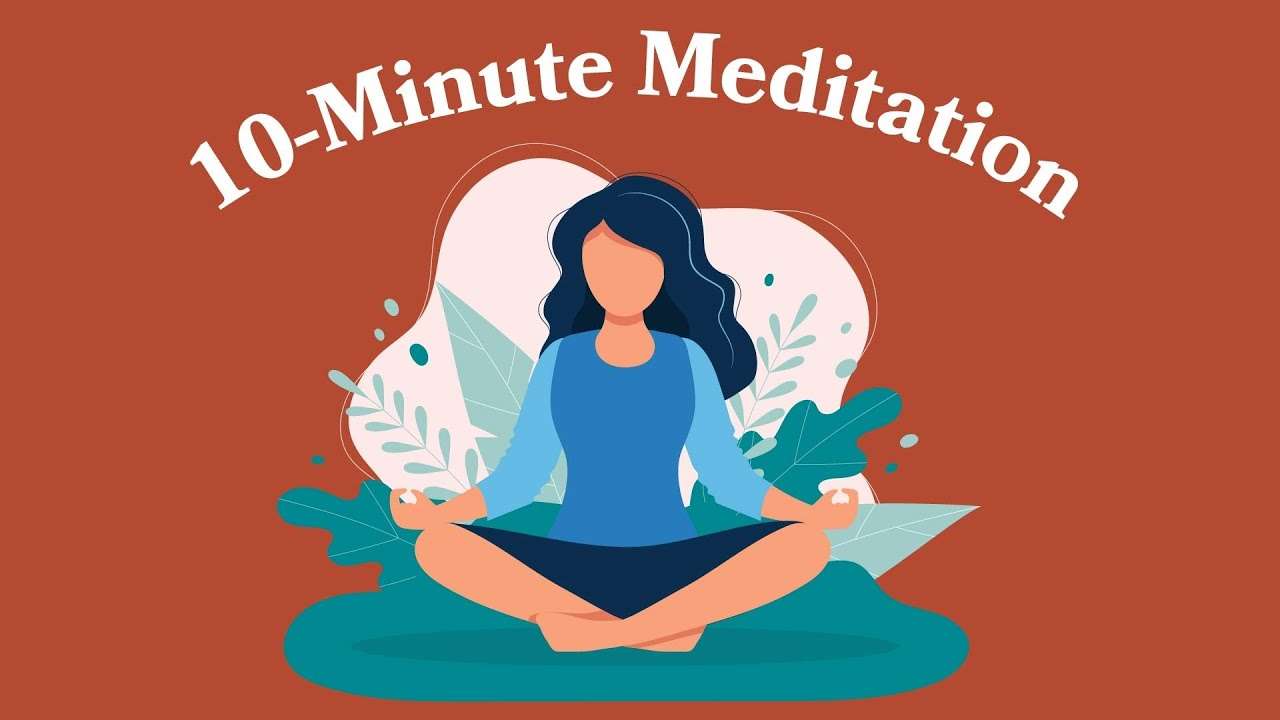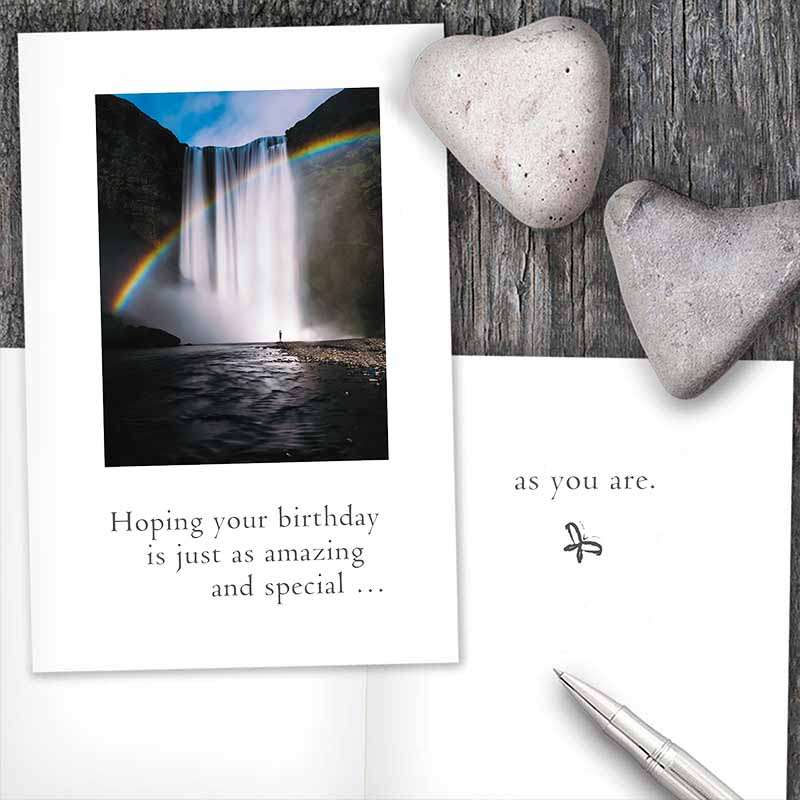How Can Anger Meditation Help?
Meditation can heal anger on multiple levels, addressing the underlying thoughts, feelings, and physiological reactions.6 It reduces our cognitive, emotional, and physical reaction to anger and fosters a sense of relaxed, balanced calm. To understand precisely how and why meditation helps with anger, it’s useful to know how the emotion of anger affects our whole being.
How the Brain & Body Respond to Anger
Anger causes our whole system to become instantly aroused and agitated. Then, emotional processing and ruminating keep anger alive and the stress reaction activated in a negative cycle.10
When you break it down, emotions are chemical reactions in the brain that happen when our sympathetic nervous system is aroused.7 Our brains watch for problems and instantly react to negative thoughts or external situations, activating the body’s fight-or-flight reaction.8 The amygdala registers negative emotions, including anger, and initiates a chain reaction involving the hypothalamus, pituitary gland, and adrenal glands.
Together, these structures are responsible for the production and circulation of stress hormones and neurotransmitters cortisol, norepinephrine (noradrenaline), and epinephrine (adrenaline). As such, we’re primed to react to whatever makes us angry.5,7
Too much cortisol in the brain leads to excessive calcium absorption by neurons, causing them to overfire and die.5 Unfortunately, the hippocampus and prefrontal cortex (areas in the brain associated with higher-order thinking, executive control, and emotional regulation) are particularly vulnerable to cortisol-induced calcium overload, making it difficult to use reason and balanced judgement when angry.9
How the Brain & Body Respond to Meditation
Meditation disrupts this cycle, overrides our fight-or-flight reaction, and promotes emotional self-regulation.6,11 It rewires the brain and changes how we interpret and respond to situations that typically make us mad.6 When we meditate, we quiet the activity in the amygdala, thereby shutting down the automatic stress reaction and reducing the production and circulation of damaging stress hormones like cortisol.6
The brain’s inherent ability to change, transform, and grow (i.e., neuroplasticity) allows it to adjust its responses and habitual patterns of interpreting and relating to experiences.6,11 As such, you can change your response to people, situations, and thoughts that cause anger.
Done regularly, meditation helps with anger by:6,10,11,12,13
- Helping us remain focused on the present instead of being stuck in a cycle of negative thoughts
- Increasing our awareness of our emotions, minimizing the tendency to react impulsively, and allowing us to respond in ways that move us toward what we value
- Promoting a sense of acceptance and ability to tolerate and cope with distress
- Strengthening our ability to observe, remain detached, and notice what is happening without judgement
- Broadening our perspective and releasing us from self-defeating automatic negative thoughts like catastrophizing and all-or-nothing thinking
7 Meditation Exercises That May Help Control Anger
Meditation can help you shift focus, calm physiological reactions, and soothe anger. Practice in stressful and non-stressful moments. For each meditation, close your eyes or turn your gaze toward an object. You might choose to sit or lie down if you’re doing these at home. Breathe slowly and deeply.
Repeat a meditation as many times as necessary to help you feel centered and in control. When your mind wanders, gently return your attention to your breath.
Here are seven meditation exercises:
1. Watch the Breath, Follow the Leader
In this meditation, allow your breath to take the lead, giving your thoughts and emotions a break. The soothing rhythm of your breath guides the tension and anger out of your body and mind, allowing you to connect with the part of you that isn’t angry.
Walk through the following steps:
- Inhale slowly and deeply; imagine a soothing white light filling your whole body along with the fresh air of your breath
- Hold your breath for two counts, allowing your breath to gather up feelings of tension and anger that have gathered as the white light soothes you
- Exhale slowly and completely; visualize the anger leaving your body along with your breath
- Feel the tension leaving as your whole body relaxes during the exhale
2. Release Anger From the Body
This meditation focuses on physical sensations and tension you may be holding in the body. Anger is experienced not just in our thoughts and emotions but throughout our entire body. Focusing on the physical manifestation of anger helps boost your awareness of where you are holding it and allows you to consciously release it.
Walk through the following steps:
- As you breathe, focus your attention on your feet; wiggle your toes, flex and point your feet; imagine the muscles of your foot letting go of anger
- Move your attention to your legs. Do you notice any tightness or knots?
- Squeeze and release the muscles in your legs; imagine your legs letting go of anger
- Now focus on your torso. Is any anger resting in your gut? What is your heart doing?
- As you inhale, visualize a cool, gentle wave flowing through your entire chest and abdomen, washing away tension and anger
- Feel your neck and shoulders and roll your shoulders a few times; squeeze them up to your ears and release them down, allowing them to relax and let go
- Move your neck, releasing any knots of anger
- Notice your arms and hands as you tense and release the muscles
- Curl your fingers into fists and release them; give them a gentle shake, picturing anger and tension running off and away.
- Tune into the muscles of your face and scalp; scrunch them and release them, allowing tension and anger to dissipate
- Scan your whole body again from head to toe; attend to any lingering tension, squeezing and releasing
- Visualize the anger draining out of your body and away from you
3. Be a Neutral Observer
In this meditation, practice observing your thoughts and emotions, increasing your awareness of them, and allowing them to be there without judgement. As you observe your thoughts and shift your attention elsewhere, notice whether this changes your impulse to act.
Walk through the following steps:
- Choose something specific to focus on, like the sound and feel of your breathing or an interesting object
- Notice the sensory details (sound, sensations in your body, textures, nuances of color, shape, etc.)
- Notice when your mind wanders; what emotions arise?
- Remain with those emotions; how is your body responding?
- Stick with this experience; resist any urge to stop and act on those feelings; allow them to float out of your awareness as you return your attention to your breath or object
- Repeat the cycle of shifting your attention between your emotions and your focus object as the urge to react dissipates
4. Breathe Colors
Red is typically associated with anger. If anger were actually red, everything we would see when angry would be distorted, tinted in shades of crimson. In this meditation, visualizing colors helps you shift your perspective so you can see yourself and the world in true colors rather than painted red.
Walk through the following steps:
- Acknowledge your feelings; visualize the color red filling your body as you inhale and coloring everything around you as you exhale
- Notice the sensations in your body
- Now, picture one of your favorite colors; breathe it in, allowing it to fill you
- Exhale, allowing the color to permeate the space around you
- Imagine something pleasant that you associate with that color; hold that image in your mind as you continue to breathe, inhaling and exhaling the color
- Notice thoughts and feelings of anger as they creep in; picture how this anger changes the colors you are seeing
- Inhale deeply, gathering this red anger; exhale and visualize it leaving your body and dissipating
- Return to breathing your pleasing color
5. Boost Your Self-Regulation
Self-regulation, also known as self-control or self-discipline, is a character strength everyone has. However, when we’re angry, it can be hard to draw on this strength. This meditation helps bring this strength to the forefront of your attention to remind you that your anger is not in control.
Walk through the following steps:
- Breathing in, I am in control
- Breathing out, I release my impulsive urges
- Breathing in, I know that I am stronger than my anger
- Breathing out, I slip out of anger’s grasp
- Breathing in, I make my own conscious choices
- Breathing out, I break free from anger’s puppet strings
- Breathing in, I am in control
- Breathing out,
6. Expand Awareness With Curiosity
Anger is natural, but it is limiting. It takes over our thoughts, bodily sensations, and actions. Intentionally approaching it with curiosity can help you expand your thoughts and emotions to create more balance. Then, you can position yourself to make informed decisions about how to handle an anger-provoking situation.
Walk through the following steps:
- Begin by allowing yourself to experience anger; notice and acknowledge it in your mind and body
- As you breathe, allow anger to exist without trying to change it or making plans to act
- Now, ask yourself, “And what else?” What else is present in your moment right now?
- What do you feel in your body other than tension? Allow that to exist and expand.
- What do you notice around you? Let your gaze gently wander; notice what is there without thinking too much about any one thing
- What sounds do you hear? Let them come in and out of your awareness
- Do you notice any scents? Breathe them in, allowing your attention to be with them
- Are there lingering tastes in your mouth?
- When your mind drifts back to thoughts and feelings of anger, acknowledge them
- Continue asking, “And what else?” as you breathe
7. Meet Anger With Kindness
Seeing ourselves and others harshly and with negative judgment makes it difficult to move away from anger. Acknowledging the good in someone who you’re angry with doesn’t equate to ignoring their wrongdoings. Instead, it allows you to broaden your perspective, remembering that there’s more to someone (yourself included) than the irritating action.
Walk through the following steps:
- Begin by recalling someone for whom you currently have positive, kind feelings; bring them to mind and heart, and allow yourself to experience warmth and tenderness
- Picturing this person, mentally say to them:
- May you be safe
- May you be healthy
- May you be happy
- May you live with ease
- Now, picture yourself, and mentally say to yourself:
- May I be safe
- May I be healthy
- May I be happy
- May I live with ease
- Next, visualize the person who has made you angry
- Feel how your body changes in response
- Allow your feelings to exist, and then expand them; what else is there to this person? What are their strengths? What positive actions have they done?
- Picture them, and even if it is difficult, mentally say to them:
- May you be safe
- May you be healthy
- May you be happy
- May you live with ease
7 Anger Meditation Tips For Beginners
Meditation is simple, but the most valuable tip to remember is that simple does not mean easy. Knowing and remembering that it’s normal and OK for your mind to wander will help you keep frustration in check and be patient with yourself as you teach your mind to concentrate and be centered.
If you’re new to meditation, here are seven tips to get started:
- Start small: Begin by meditating for just five minutes or even less
- Establish a regular practice: The benefits of meditation accumulate over time. Meditating daily is helpful, but even a few times a week is sufficient.
- Pair it with something you already do: Incorporating meditation into a routine part of your day, such as your wake-up or wind-down activities, will help you solidify the habit and make it something you look forward to
- Be comfortable: You don’t have to sit in the traditional cross-legged meditation position. Honor your body and sit or lie down in a way that doesn’t cause pain.
- But not too comfortable: It’s easy to fall asleep during meditation because you’re giving your mind and body a much-needed chance to relax and decompress. If you find yourself falling asleep, try shifting your position (or choosing a different time of day) to help you stay awake.
- Drop expectations and judgments: Rather than imposing strict rules of what your meditation practice “should” be like, simply be present in your experience and allow it to unfold. Notice self-criticisms and replace them with gentle, forgiving thoughts.
- Guide rather than force your attention: Be aware of your thoughts as you concentrate on one thing (e.g., your breathing, a flickering candle, the sound of crickets chirping). Notice when your mind wanders and gently refocus your attention. Be patient with yourself as you do this again and again.
Remember, too, that meditation isn’t about ridding your mind of all thoughts and emotions but learning how to focus your attention on what you want to pay attention to so you can more intentionally choose your responses and actions.4



